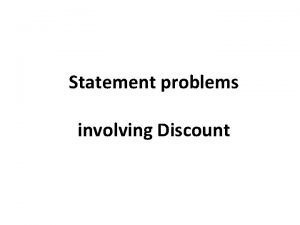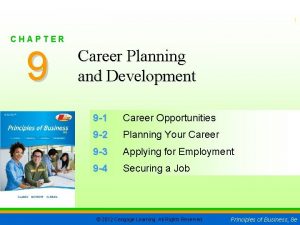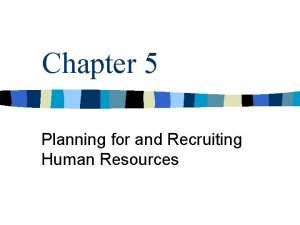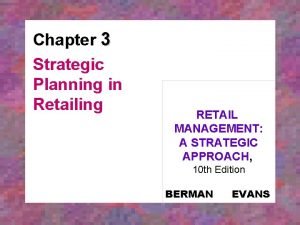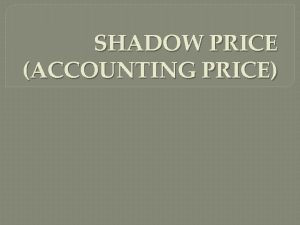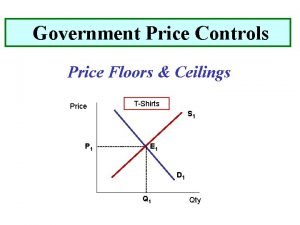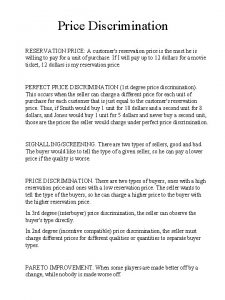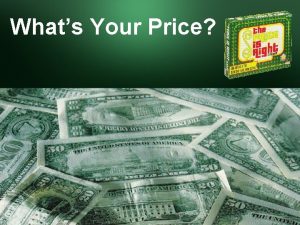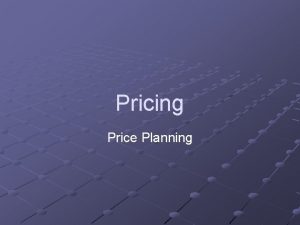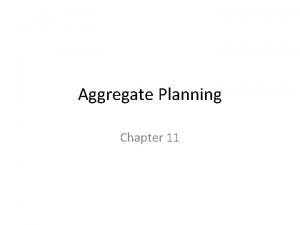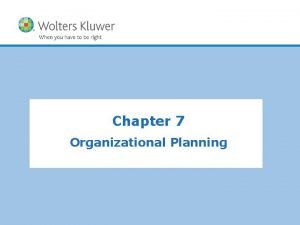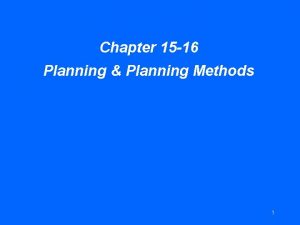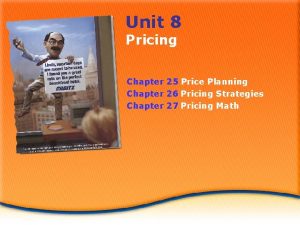Chapter 29 Price Planning What is Price Price
























- Slides: 24

Chapter 29 Price Planning

What is Price? • Price – is the value of money placed on a good or a service. $100 • The seller’s objective is to set a price high enough to make a profit, but not so high that it exceeds the value potential customers place on the product.

Price comes in many forms. . . • • • Fees (paid to the dentist etc. . . ) Rent Dues (memberships) Tuition (education) Wages, Salaries, Commissions

Importance of Price • To some, high prices means better quality. • To others, a low price means getting more for their money.

Price helps determine PROFIT!! • Therefore, to make more money marketers can either increase the price, or sell more items. • See page 379

Goals of Pricing • Getting Market Share • Return on Investment • Meeting the Competition

1. Market Share • Market Share – is a firm’s percentage of the entire market • Market Position – is the company’s relative standing in relation to their competitors. Pricing may play a role in establishing and maintaining market share


2. Return on Investment • ROI – is the calculation used to determine the profitability of a product. Profit Investment

3. Meeting the Competition • Some companies just want to meet the prices of their competition. They either: – Follow the industry leader or – Calculate the average price and then position their product close to that figure.

Factors Affecting Prices • • Costs and Expenses Supply and Demand Customer Perceptions Competition

1. Costs and Expenses • The amount that a business pays for a particular item determines how much they will charge for a product. • Price is so important that most businesses will make every other change before changing the price of a product. (candy bar example)

Break-even Point • Break-even point is the point at which sales revenue equals the costs and expenses of making and distributing a product. Total Amount of Costs & Expenses Selling Price

2. Supply and Demand • Recall that demand tends to go up when price goes down, and down when the price goes up. • However, not all products make the supply and demand curve work this way. – Demand Elasticity – Inelastic Demand

Elastic Demand refers to situations when a change in price creates a change in demand $ DEMAND

Inelastic Demand refers to situations when a change in price has little or no effect on demand. $ DEMAND

Inelastic vs. Elastic Demand • The following depend on the consumers personal situation and attitudes about the purchase. – Availability of Substitutes (Inelastic vs. Elastic) – Brand Loyalty (Inelastic vs. Elastic) – Price Relative to Income (Inelastic vs. Elastic) – Luxury vs. Necessity(Inelastic vs. Elastic) – Urgency of Purchase(Inelastic vs. Elastic)

3. Customer Perceptions • Some customers equate quality with price. • A high price may suggest status, prestige, and exclusiveness. • Businesses also limit the amount of goods to give the perception of exclusivity.

4. Competition • When products are very similar, price often becomes the sole basis on which customers make their purchase decisions. • Price Wars – when competitors engage in a fierce battle to attract customers by lowering prices.

Activity #1 • Which industries are known for their participation in Price Wars?

Government Regulations Affecting Prices 1. Price Fixing – occurs when competitors agree on certain price ranges within which they set their own prices. Also called collusion. • Sherman Antitrust Act

Price Discrimination • Price Discrimination – is when a firm charges different prices to similar customers in similar situations. – Robinson Patman Act

Resale Price Maintenance • Manufacturers of a product usually suggest to a retailer the price that they should charge to their customers, however, they ma y not force them to use the suggestions.

Minimum Price Laws • Some states have enacted minimum price laws to prevent companies from “dumping” their products. • In states where these laws are not in effect, items priced at cost to draw in customers to the store are called Loss Leaders.
 Ano ang kahulugan ng price freeze
Ano ang kahulugan ng price freeze Strategic planning vs tactical planning
Strategic planning vs tactical planning Goal achievement matrix
Goal achievement matrix Role segmentation workforce planning
Role segmentation workforce planning Inactivism planning
Inactivism planning Perencanaan agregat ppt
Perencanaan agregat ppt Long term plan and short term plan
Long term plan and short term plan Corpus planning definition
Corpus planning definition Aggregate capacity planning
Aggregate capacity planning Capacity aggregation example
Capacity aggregation example Marked price-selling price=
Marked price-selling price= Hire purchase price - cash price
Hire purchase price - cash price Nerolac paints price 20 liter
Nerolac paints price 20 liter Price discovery and price determination
Price discovery and price determination Chapter 28 oral diagnosis and treatment planning
Chapter 28 oral diagnosis and treatment planning Forecasting the supply of inside candidates
Forecasting the supply of inside candidates Chapter 9 career planning and development
Chapter 9 career planning and development Chapter 5 personnel planning and recruiting
Chapter 5 personnel planning and recruiting Management chapter 5 planning and decision making
Management chapter 5 planning and decision making Chapter 5 feasibility study
Chapter 5 feasibility study Chapter 4 financial decisions and planning
Chapter 4 financial decisions and planning Chapter 4 financial decisions and planning
Chapter 4 financial decisions and planning Chapter 30 product planning vocabulary review
Chapter 30 product planning vocabulary review Strategic planning in retailing
Strategic planning in retailing Oral diagnosis and treatment planning ppt
Oral diagnosis and treatment planning ppt










